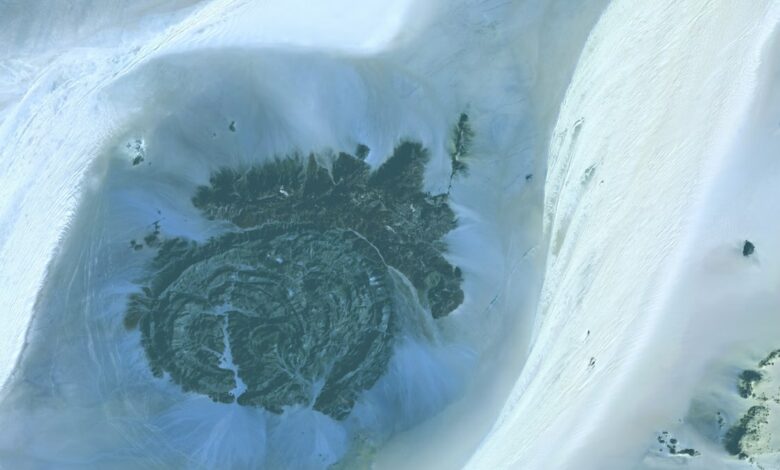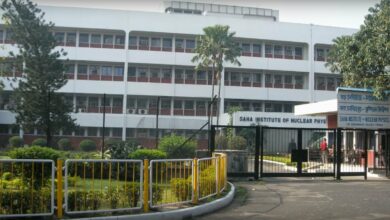NASA and ISRO join forces for NISAR satellite launch in 2025

The NASA-ISRO Synthetic Aperture Radar (NISAR) satellite, a joint Earth observation project between NASA and the Indian Space Research Organization (ISRO), will be launched from India in early 2025. The satellite is designed to track movements of the Earth’s surface. The mission will focus on areas vulnerable to natural hazards, including earthquakes, landslides and volcanoes. By capturing data on surface shifts down to fractions of an inch, NISAR will provide critical insights into Earth’s dynamics, potentially aiding natural disaster response and infrastructure monitoring.
NISAR’s advanced monitoring capabilities
According to the official report from NASA, the NiSAR satellite will be equipped with advanced L-band and S-band radar systems. The report stated that the satellite will survey almost all land and ice-covered areas of the Earth twice every twelve days. NASA’s Jet Propulsion Laboratory (JPL) in Southern California has developed the L-band radar system, which can penetrate dense vegetation and monitor surface shifts, while ISRO’s S-band radar improves imaging capabilities. NISAR operates continuously, day and night, and is unaffected by clouds. It is designed to collect extensive data, said Cathleen Jones, mission application lead at JPL.
The report further notes that the satellite’s ability to reveal subtle ground movements is a valuable tool for monitoring earthquake-prone areas. Mark Simons, US Solid Earth Science Lead for the project, emphasized that NISAR will not predict earthquakes, but could identify regions where faults are stuck and more likely to disappear.
Application in infrastructure and environmental observation
Ongoing data collection by NISAR will support infrastructure assessment over time, especially for dams, dikes and aqueducts. By observing changes in these structures, resource managers can detect specific areas that require further inspection, reducing the costs and resources required for manual checks. For example, the levees of the Sacramento-San Joaquin River Delta could be remotely monitored for damage from earthquakes.
Unique collaboration and technological progress
An equal partnership between NASA and ISRO, this mission also marks the first joint effort in Earth observation technology. NASA contributes mission-specific components including radar systems and communications subsystems, while ISRO oversees the satellite bus, launch services and mission operations. Data from the mission is expected to increase understanding of Earth’s movements, benefiting global research and infrastructure security efforts.




